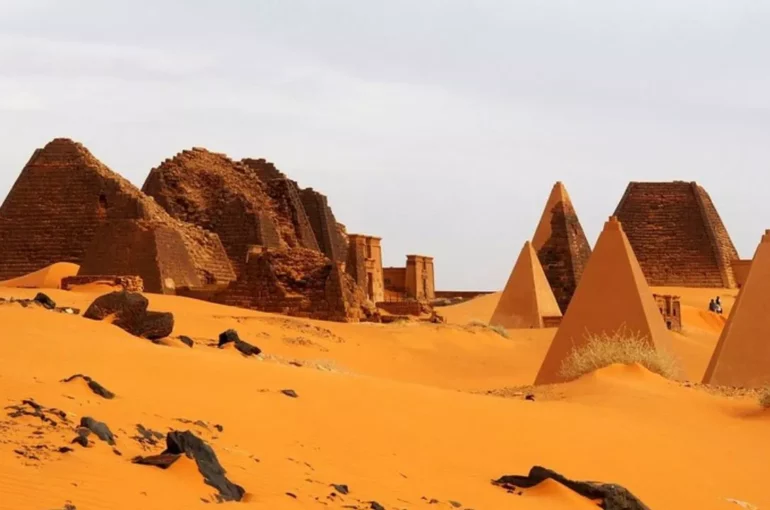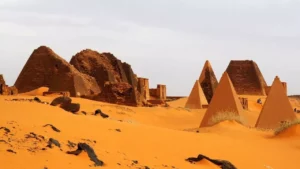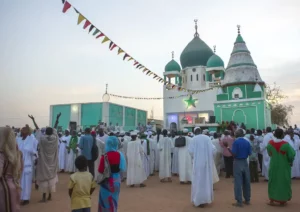Sudan: The Best Travel Experiences in Sudan (2022)

Sudan: The Best Travel Experiences in Sudan: I am here again to share the experience of another country that country name Sudan. So let’s start. Many people have only heard of Sudan in passing. The East African country, which became independent on January 1, 1956, is a huge nation. With an area of 1.8 million square kilometers, Sudan is three times the size of Germany.
However, most of the country is taken up by sparsely populated desert areas. Still, more than 40 million people live here. The capital, Khartoum, is located in the center of the country, and is one of Africa’s most prosperous metropolises, with over 2.6 million inhabitants.
 Meroe Pyramids
Meroe Pyramids
Vacationers who want to discover Sudan are passionate about historical sites like the Nubian Mero Pyramids or mysterious documents of the past. Sudan is not necessarily a “well-developed” tourist region, and sometimes it is not entirely safe for travelers.
But if you’re looking for an adventurous vacation away from the big tourist destinations, you can have a truly unparalleled experience in Sudan. So let’s find out about some of the top attractions.
1. Meroe Pyramids:
Seemingly lost beneath the folds of giant apricot-colored dunes, this ancient royal cemetery, whose clusters of narrow pyramids dot the sand-swept hills, is one of East Africa’s must-sees. The pyramids ranged in height from 6m to 30m and were built in the Nubian style, characterized by narrow bases and steep slopes. Like the pyramids of ancient Egypt, Mero’s structures served as tombs for kings and queens.
There are a total of about 100 pyramids in various states of repair (some decapitated), divided into two main groups separated by several hundred meters of sandy desert. Some of the mausoleums have well-preserved decorative elements including hieroglyphics and carvings.
2. National Museum:
The best museum in Sudan has some breathtaking exhibits. The ground floor covers the rise and fall of the kingdoms of Kerma, Kush, and Mero. There are some stunning royal statues and perfectly preserved 3500-year-old artifacts from Kerma.
Above are the ruined churches of Old Dongola and numerous medieval Christian frescoes removed elsewhere. Some of the outer temples have been rescued, Abu Simbel-style, from the rising waters of Lake Nasser. Allow at least 1½ hours for the visit.
3. Hamed el-Nil Tomb:
Every Friday afternoon you will witness an incredible Sufi ritual, where a group of colorful local dervishes belonging to the Sufi community blow dust in the worship of Allah, at this fascinating mausoleum located in a large Islamic cemetery.
 Hamed el-Nil Tomb
Hamed el-Nil Tomb
Things kick off around 4.30 pm. (5 p.m. in winter), but it doesn’t really go on until about 5.30 p.m., and they don’t dance in Ramadan. If you’re used to the colors of Arabian Islam, you’ll find the circus-like atmosphere here refreshingly colorful and relaxing – don’t miss it!
The ceremony begins with dervishes carrying green banners in procession towards the shrine. Some dervishes look like Rastafarians with their dreadlocks. As they parade around a large open space outside the tomb, they sing, pray, bob, and clap along with cymbals and drums, creating an atmosphere of frenzy. Some of them enter a trance state. Foreigners are welcome to attend this ritual and take pictures.



